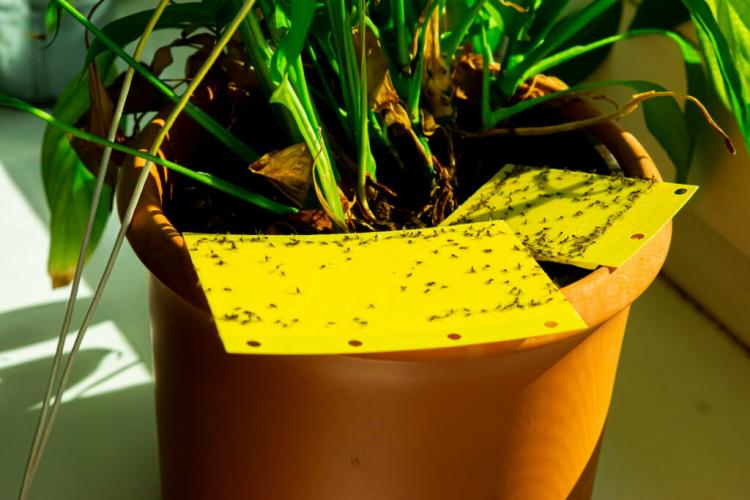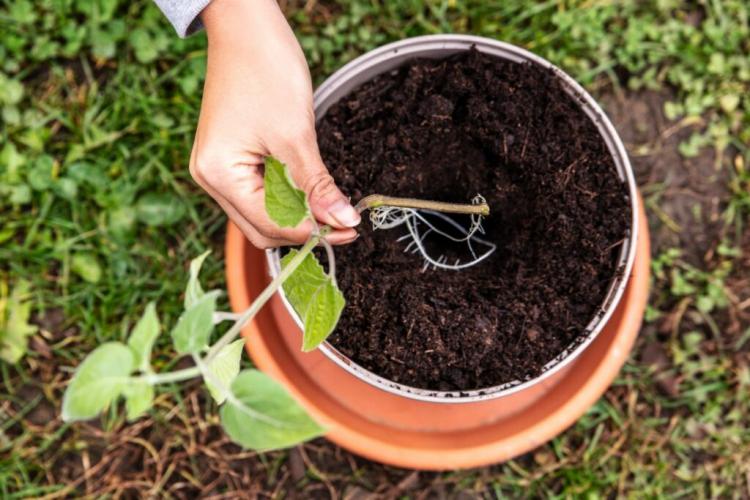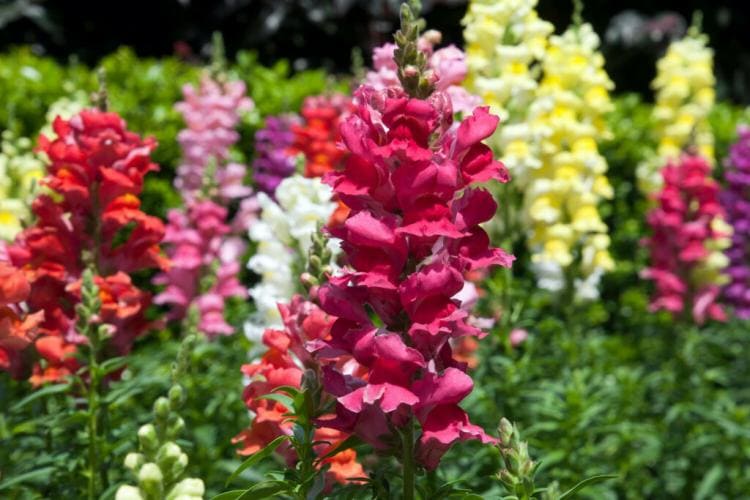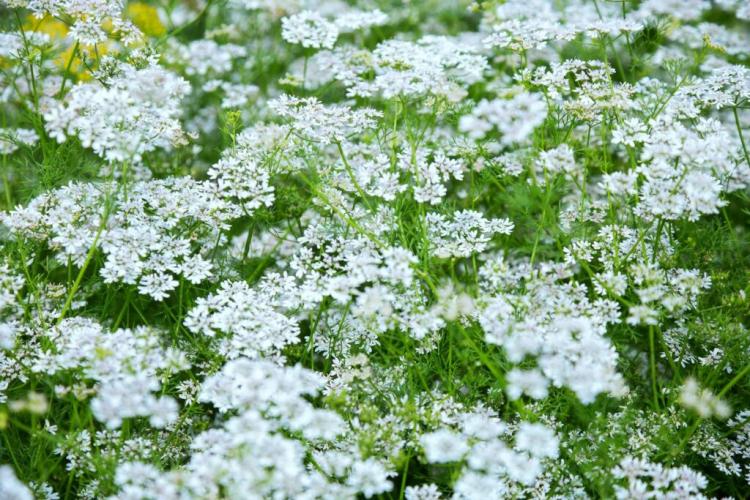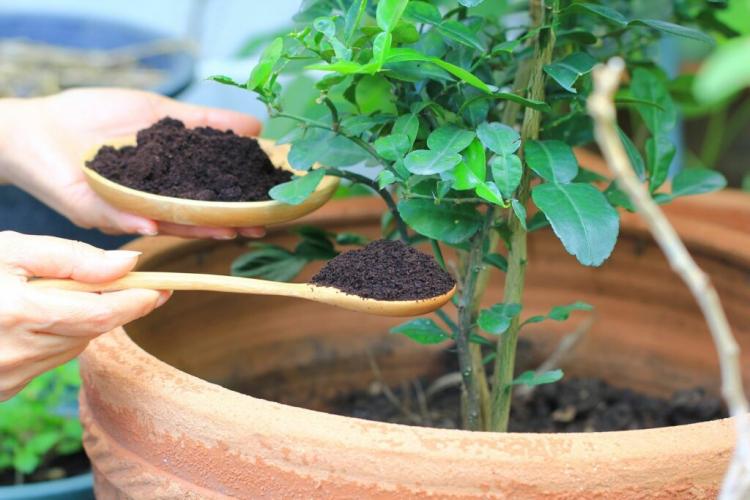Fertilizing Herbs: Everything You Need To Know
Herbs should also be fertilized from time to time for the perfect flavor. We reveal when and how to fertilize herbs correctly and which fertilizer is suitable for herbs.
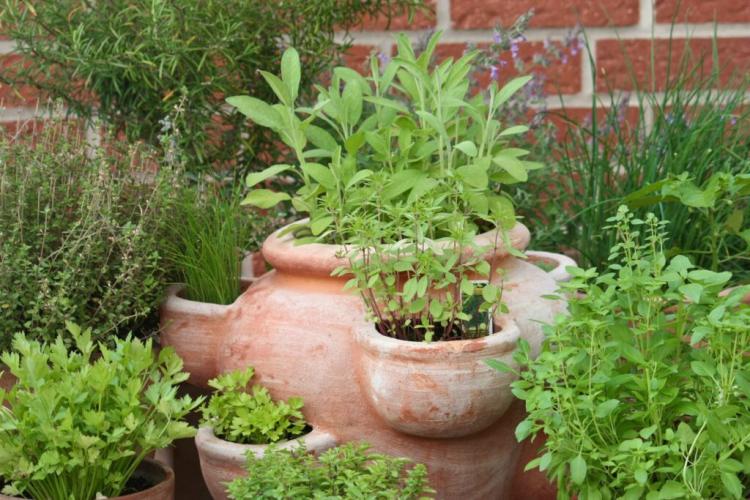
So that your herbs thrive and are rich in aromatic substances, the right fertilization is crucial [Photo: pixfix / Shutterstock.com]
Herbs are indispensable for the preparation of delicious dishes. In order to fully develop the aroma, however, they need an appropriate supply of nutrients. Too much can damage the aroma, too little can reduce growth. So the right amount is crucial here.
Which herbs do you have to fertilize?
As with all plants, there are some herbs that are particularly nutrient-hungry and still others that too many nutrients are actually harmful.
Sun-loving, Mediterranean herbs thrive in their homeland mainly in dry and nutrient-poor locations. For this reason, they should also be planted in well-drained, nutrient-poor soil in your bed or in the pot and not supplied with too much fertilizer. In the worst case, an oversupply not only affects the aroma of the herbs, but also the frost resistance and resistance to pests and diseases. Mediterranean herbs are therefore best planted in nutrient-poor, permeable soil such as our Plantura organic herb and seed soil. Many herbs even benefit from adding more sand or broken expanded clay to a sowing soil.
Low nutritional herbs include:
- Mugwort ( Artemisia vulgaris )
- Savory ( Satureja spec .)
- Cress ( Lepidium sativum )
- Lavender ( Lavandula angustifolia )
- Marjoram ( Origanum majorana )
- Oregano ( Origanum vulgare )
- Thyme ( Thymus spec .)
- Rue ( Ruta graveolens )
- Lemon balm ( Melissa officinalis )
- Hyssop ( hyssopus officinalis )
- Sage ( Salvia officinalis )
Tip: Herbs with low water and nutrient requirements grow at the top in a herb spiral.
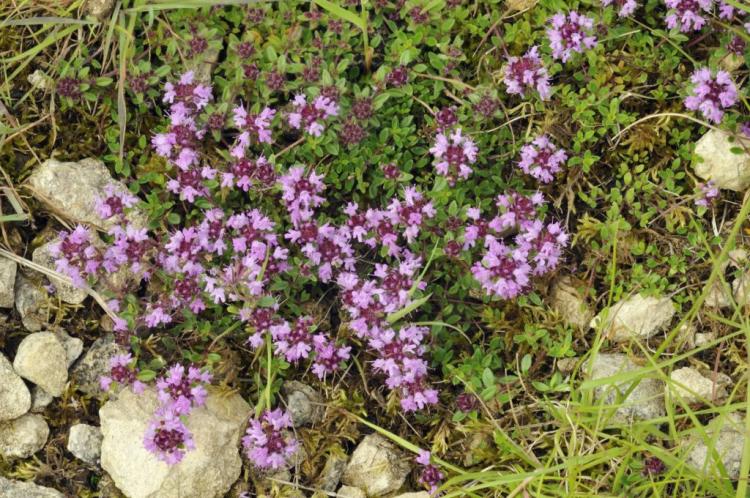
As a sun-loving herb, thyme thrives on rather nutrient-poor and stony substrate [Photo: Martin Fowler / Shutterstock.com]
Herbs that grow in their natural habitat in moist and nutrient-rich places and prefer to be a little more shady and humid, on the other hand, need more generous fertilization. In addition, the potting soil used should be able to effectively store water and nutrients. A nutrient-rich vegetable soil such as our Plantura organic tomato and vegetable soil is very suitable for these herbs. Due to its high compost content, it can not only store many nutrients and water very well, but its high potassium content also ensures stable cell walls and thus stable and healthy plants.
These herbs with rather high nutritional requirements include:
- Basil ( Ocimum basilikum )
- Tarragon ( Artemisia dracunculus )
- Chives ( Allium schoenoprasum )
- Mint ( mentha )
- Parsley ( Petroselinum crispum ssp. Crispum )
- Lovage ( Levisticum officinale )
- Borage ( Borago officinalis )
- Wild garlic ( Allium ursinum )
- Lemon verbena ( Aloysia citrodora )
When and how often should you fertilize herbs?
Sufficient nutrients are extremely important for the lush growth of many plants. You should therefore fertilize nutrient-loving herbs regularly. But “less is more” is the rule here. If herbs get an excess of nutrients, the aroma suffers. The firmness of the shoots and the resistance to many pathogens also decrease significantly with moderate overfertilization. So fertilize your herbs sparingly.
One to a maximum of two fertilizers per year for your herbs with high nutrient requirements are absolutely sufficient. The first application of fertilizer should be given in spring at the beginning of growth, a second is possible in early summer.
Herbs with low nutrient requirements can often thrive in the bed for years without fertilizer. Regular repotting ensures sufficient supplies in pots. If frequent repotting is not possible or desired, fertilization can also be carried out sparingly in spring.

One to two doses of organic fertilizer per year are absolutely sufficient for nutrient-loving herbs [Photo: bluedog studio / Shutterstock.com]
Herbal fertilizers: how and with what do you fertilize herbs?
Herbs that are hungry for nutrients only provide plenty of tasty leaves if they are well fertilized.
For a natural long-term effect without endangering the aroma, a primarily organic fertilizer such as our Plantura organic universal fertilizer is a good choice. Our animal-free fertilizer enables a quick start in spring by soaking it in water for a few days and then spreading it with the watering can – so the fertilizing effect starts even faster.
Herbs with low nutritional requirements can be fertilized once a year with a smaller amount of our mainly organic Plantura organic universal fertilizer or with plant manure, for example nettle manure.
Summary – fertilize herbs naturally:
- Fertilize nutrient-loving herbs once or twice a year.
- Fertilize frugal herbs very rarely, at most once a year.
- First application of fertilizer in spring.
- Use organic fertilizers such as our mainly organic Plantura organic universal fertilizer in order not to endanger the aroma and health of the plants.
Many herbs can be easily grown in pots or on the balcony. If you want to find out more, you will find what you are looking for in our articles about herbs in pots and a herb garden on the balcony.

